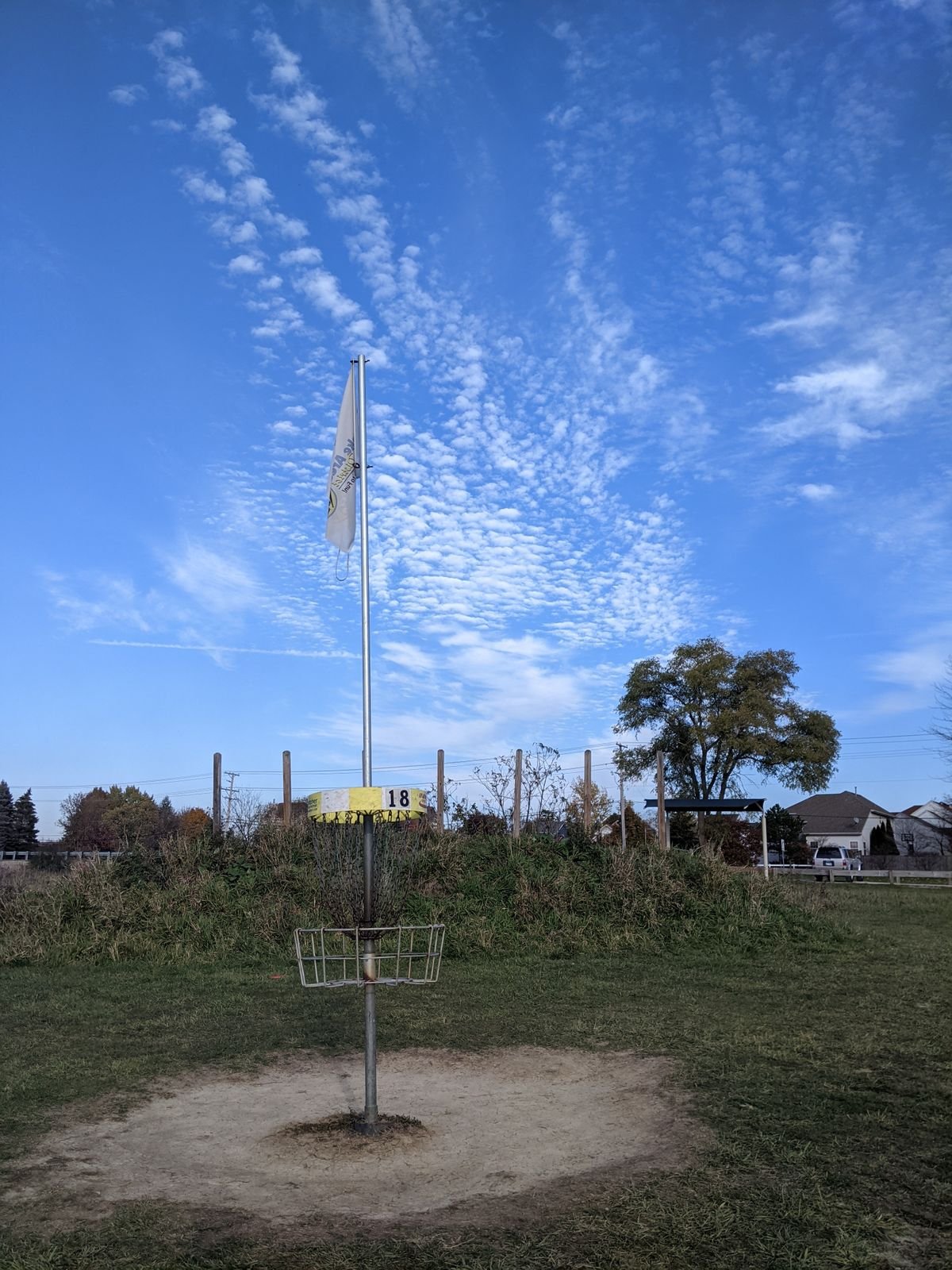To pay or not to pay? The debate rages on…
To pay or not to pay? The debate rages on.
Disc golf is booming! PDGA memberships are up, ladies are playing more than ever, and courses are popping up all over the place. The UDisc Growth Report for 2021 says it all; over 11 million rounds scored, thousands of new players, and now we have over 11,500 courses around the world. The most amazing stat? 3.5 courses built every day in 2020! Out of all those courses, 91% are free to play. That means only 9% are pay to play, but that small sliver has sparked huge debate across our sport. Is it good or bad that pay to play courses exist? This week I’m going to give my two cents on the pros and cons of free vs pay to play courses. I will probably upset some people, and some of you may agree with me, but here we go. I’m going to discuss 100% free to play courses, 100% pay to play courses, including those on ball golf courses, and then the hybrids that are both on public and private lands, but also host more than just disc golf.
The argument for free courses:
Free to play was the original point! I think the forefathers of disc golf would say that the whole reason they first installed courses was to provide a free venue for players to explore this exciting new game. For a few bucks, you could grab a frisbee and get out there and have countless hours of fun. Accessibility was paramount to helping get disc golf off the ground. Unlike ball golf, by making the game free, you could open the sport to everybody from every demographic, allowing people from all walks of life experience the joy of the flying disc. The philosophy for free courses is that they utilize already existing parks and properties, adding another feature to amenities like walking paths, playgrounds, exercise areas, and party pavilions. By adding a course to an existing property, you add value to a local park, increase foot traffic, and overall make the venue a better place. As a casual golfer, you want to be able to stop by your local course, hop out of your car and jump right on to tee 1 and get to it. Free courses are the foundation upon which this sport is founded, and therefore they are the best.
The argument against free courses:
My biggest concern when it comes to free to play courses is that they are mostly installed in public parks, preserves, and other public lands. That means the courses often wind through other features of the parks, and you must deal with other people using the park for their own purposes. This can lead to slower rounds, or having people hosting a picnic in the fairway, or practicing yoga on the tee pads, or just being completely oblivious to the fact that there are flying discs all around them. Most of the time a simple heads up will resolve the issue, but sometimes people just don’t care and won’t move. The last thing I need to be worrying about when trying to place a shot is having to avoid small children or a BBQ grill or a sunbathing couple on 14’s fairway.
My next argument against free to play courses is that they often do not get the kind of maintenance and upkeep they deserve. How many times has a course been approved, designed, and installed, only to fall to the wayside because there was no funding set aside for ongoing upkeep? Or you find a group of students raise funds to install a course on their school property, only to have it overgrown in a few years’ time because interest simply did not persist.
Or you find a decently maintained course, but the baskets are in horrible shape. Lack of funding or interest can kill a well-designed course in a matter of months. These are all reasons why I like the idea of pay to play courses, but let’s talk about those pros and cons.
Privacy!
Many pay to play courses are on private property, and they charge to help with maintenance costs. This is a good thing; a private course means that you won’t have to deal with pedestrians or other non-disc golfers. These properties often have more than one layout, with multiple pin positions, tee pads, and in some cases more than one course. I think about Rollin’ Ridge in Reedsville, WI. There are three tee pads and three pin positions for each hole, which can combine for countless variations.
Growth!
The growth of the game has translated to more ball golf courses installing a disc golf course on their properties. Now we can argue until we’re blue in the face about whether disc golf on ball golf courses is good or bad, but we’ll save that for another blog. For this argument, it’s good because you often get to play longer layouts, and experience amazing venues that would normally not be available to you.
Maintenance!
I have yet to find a pay to play course that doesn’t come with a level of maintenance that is rarely matched by free public courses. Sure, there are courses that are the exception to the rule, like Fairfield Park in Round Lake, IL for example. Many free courses are run by city park organizations and there is a budget for maintenance, but that is often for overall care of a facility. At a private course, there’s just little touches that let you know you’re in a special place. Special signage, high quality tee pads, landscaping, art installations, and trash cans help raise the bar.
Destination!
Many private, pay to play courses are also known as destination courses. Places you plan and travel to strictly to experience the course. There are many courses like this all around the world. The Aland Islands come to mind. Hailed as the ‘largest disc golf park in the world’, there are 16 courses across a handful of islands off the coasts of Finland and Sweden. Most recently in the United States, a millionaire who randomly came across disc golf on YouTube, decided that he wanted to build the greatest disc golf course in the world. In less than a year, Eagle’s Crossing in Hawk Point, MO was born, and it is the pinnacle of what many see as the future of disc golf. These courses are the polar opposite of the ‘free course philosophy’. An all-inclusive resort destination that promises the highest quality golf, amenities, and experience, but at a premium price. There is certainly a demand for these types of courses, and I expect we’ll see more locations like this in the coming years.
So, who’s right? Free or pay? The honest answer is that we need both. New players, casual players, and veterans alike all need free spaces to practice their craft. There will always be a need for free courses. But as the sport continues to grow and gain more legitimacy, there will be a need for resort style courses and more dedicated pay to play private venues. For me personally, I love them both, and I someday hope to have my own private, pay to play course to live out my days in retirement. What do you think? I’d love to hear your opinions in the comments below. Thanks for your time.











